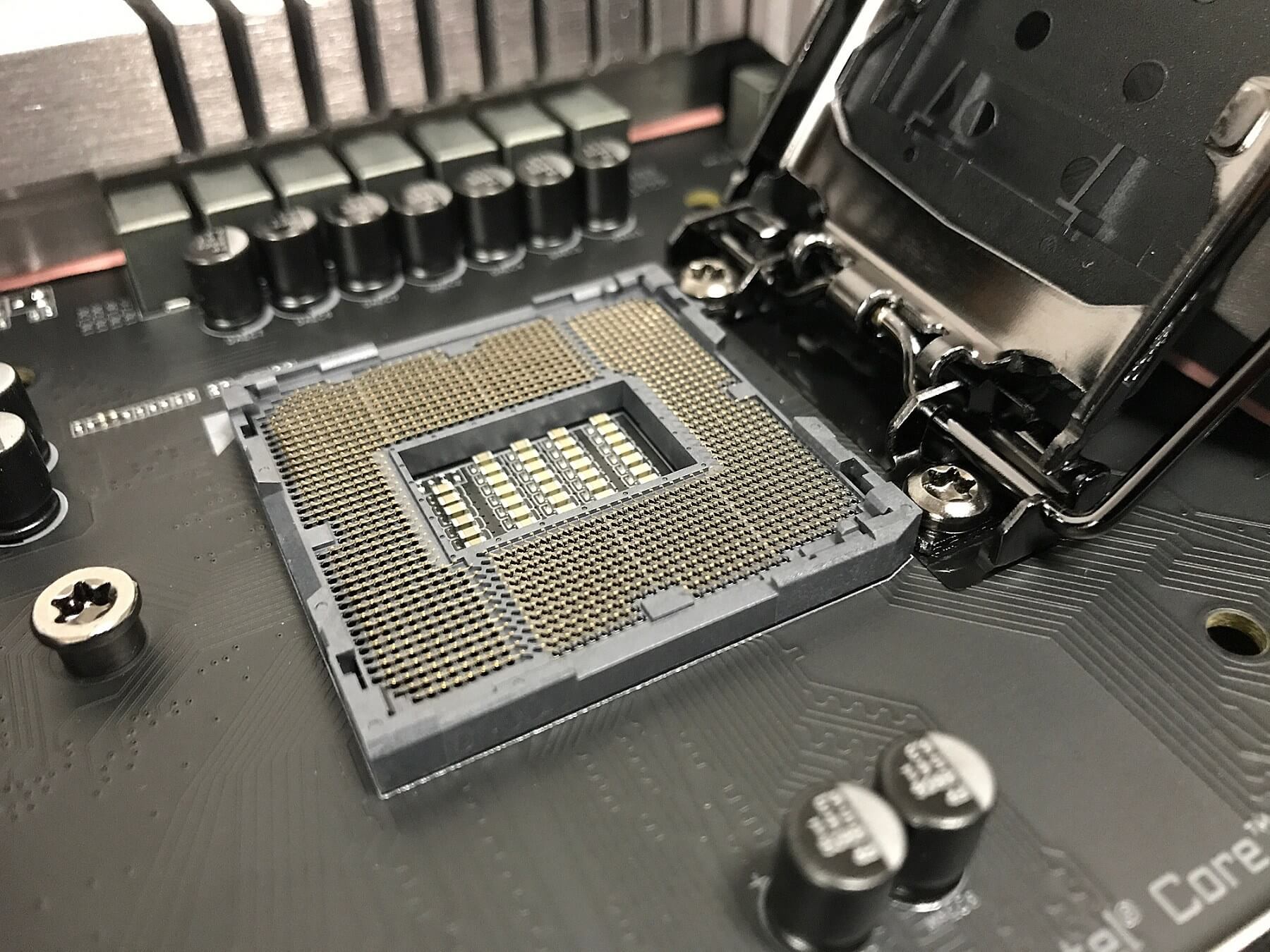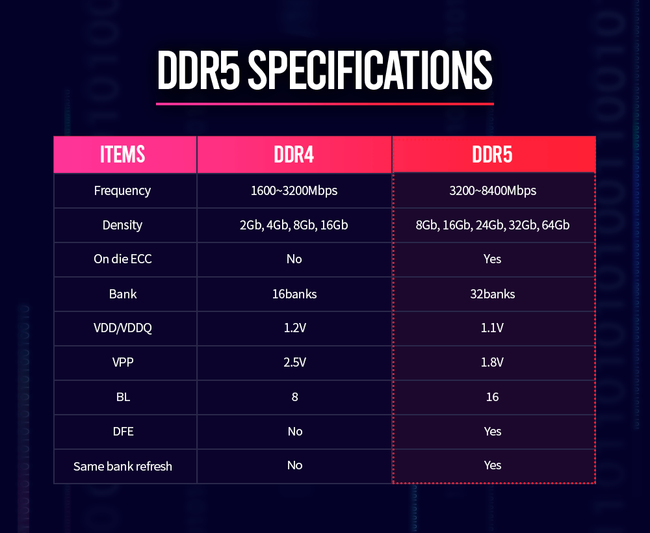How out of touch is Intel that they are still using 10nm?!
Can you please explain what that means exactly.
The "nanometer" number is just a label. It doesn't correspond to any physical dimension of the processor. You can only assume lower number = better when comparing different families of nodes from the same manufacturing company.
Intel's 10nm process has been massively troubled in it's production timelines (it was supposed to be on shelves in like 2016, which if it had been would have been exceptional and industry leading). But as a process, you cannot assume it has similarities to TSMC or Samsung's 10nm processes - Intel's 10nm process is approximately 5% denser than TSMC's 7nm node. Intel 7nm (due to be in production for early items around the same time Alder lake is launching in the desktop CPU space) is expected to be more comparable in density to TSMC 5nm and related processes.
Intel's first generation 10nm was so broken they shipped one single barely functional product to Chinese OEMs. The first proper release was 10nm Ice Lake in 2019. This year, we're getting 10nm+ Tiger Lake. The "+" names are just what we see in marketing, but internally, Intel iterates every process every year, whether or not they choose to assign a label "+" or "++" to it. Over 2019-Q1-2020, major strides were made with the node, resulting in less process leakage and fewer defects on wafers / higher yields. This is allowing a broader release for Tigerlake compared to Icelake, and also TGL processors will have much higher clockspeeds.
Intel 7nm is according to all signs running on schedule, which means it will be "ready" in 2022 - as in, products will ship on it. GPUs and possibly some laptop parts. But it probably won't clock as high as 2022's heavily refined 10nm node. This will mean they have a choice - either ship products that use less power, or ship products that perform better. For Desktop consumer CPUs, that's no contest - people obviously would on average greatly prefer the higher performance chip in that space.
My advice is to stop worrying about who has what nm product, and simply look at reviews, benchmarks and pricing as your determinant of which product is better. For someone strictly focussed on high refresh rate gaming performance, Intel's extremely refined but very old 14nm process using their 2015 vintage Skylake architecture is still yielding more powerful products compared to AMD's 2019 architecture using TSMC's cutting edge process. Just an example, but you can't look at this roadmap and
assume that Intel's Q1 2022 Alder Lake is going to be a shit product. Maybe it will be! Maybe it won't! But you can't know yet.

 www.techspot.com
www.techspot.com




